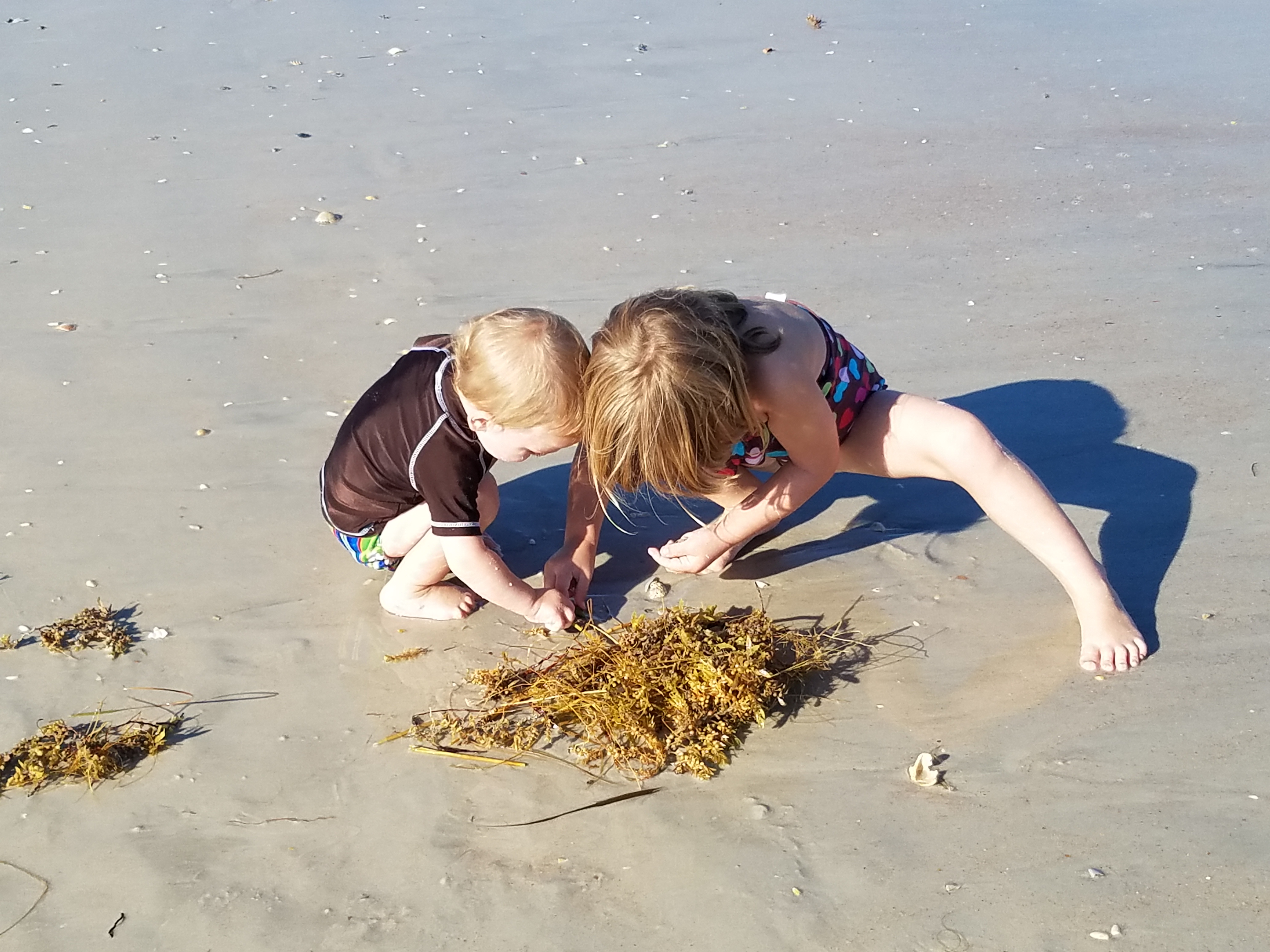Investigating
July 25, 2017
Investigating
One of the things I love about writing anything factual, like the Home Edge Readers, is the research and investigation I get to do. I love to learn about something new. I enjoy compressing it into a compact form yet still managing to include most of the important facts and unique terminology. (Like “rift” or “Plinian explosion” in volcanology.)
As a Mom, passing on the love of learning is my passion. Children are normally curious. I don’t want to squash that. I want to build on it. I want them to always look at the world with wonder and ask questions about whatever they want to know. If they want to know about something, I want them to investigate: read, touch, listen, explore, and learn. By definition, this is true science: the observation of the world around us.
Early scientists from all cultures (even if they were still called by some title other than “Scientist”) observed and wrote or drew about the world around them.
When I watch children learn, they observe, draw, write about, build models of, manipulate, and ask questions. Our natural curiosity needs to be fed so we always want to learn!
Consider this beach day:
The water was cold so only the older girls were in the water deeper than their ankles. Lucas seemed to smell the November cold. (That’s Florida cold, though, as you can see they were in bathing suits!) He didn’t even try the water. He started off by chasing gulls. Seagulls in Florida have learned the art of evasion. I think they laugh at these funny miniature humans racing toward them making odd animal-like shrieks. They watch until just the last moment, and hop-fly about 50 yards away. Their bright black eyes challenge said little human as if they are saying “you can’t catch me!” Of course, without adult intervention, Lucas would chase a single seagull until he dropped from exhaustion. (Maybe this is a seagull’s crab hunting technique?)
But as Lucas starts chasing, he steps in a squishy, odd thing he hasn’t touched before. Two crabs race out of the seaweed and waddle into the water. Lucas jumps off of it and dances around it, laughing. Jillian joins him and pokes it with a small piece of driftwood she’s picked up from somewhere.
“What is this, Mom?” Jillian asks. So I explain its seaweed washed ashore after the storm. They spend about ten minutes poking, prodding, lifting, and observing that one clump until Lucas is sure it isn’t dangerous. Now he uses his new knowledge and seaweed clumps become toys!
Jillian and Lucas built a seaweed mountain that stood as tall as Lucas, but they weren’t faster than the tide. They also watched the ocean “eat” the seaweed a few strings at a time and carry them off.
At home, for many days later, Jillian drew her impressions of seaweed. Whenever we watched ocean documentaries, she would spy seaweed and yelp, “that’s seaweed, I know that!”
She “knows” seaweed because she explored it and played with it. I want my children to know anything they want to learn about that completely. To have touched, tasted, researched, and immersed themselves in it. It doesn’t matter if the subject is baking, gardening, crocheting, fractions, nouns, writing letters, raising chickens, equations, times tables, letter sounds, zoology, biology, or whatever they want to learn. I want them to dive into it and “know” it. I figure the best way to teach this is to show them that I learn this way too. I let them see me looking things up, studying various recipes before I attempt a dish, reading their algebra books ahead of them to “relearn” it, searching with them when they have a question I can’t answer, and researching for my books.
I want learning to be a passion for them. Because once you discover a love of learning, you will always be investigating new things!
Thanks for reading!
Type at you later…
~Nancy Tart
